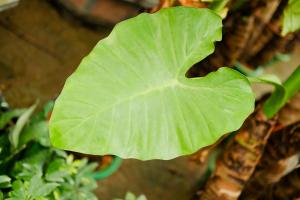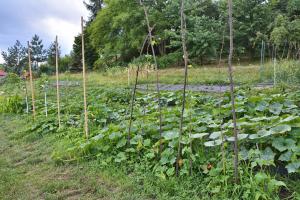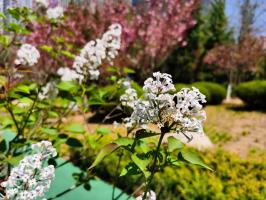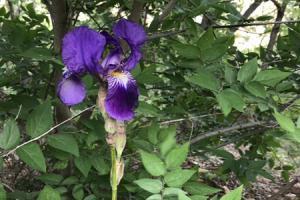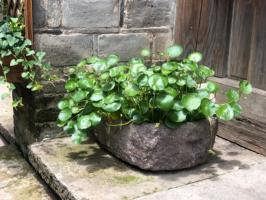Are Water Bottling Plants Built on Springs?
Water is a vital resource for humans, and the quality of this resource is of great significance. Water bottling plants play an important role in providing access to drinking water for people around the world. A common question that arises is whether these plants are built on springs, the source of natural groundwater. In this article, we will explore this question and shed light on how water bottling plants operate, the types of sources they depend on, and the challenges they face.
Water Bottling Plants: An Overview
Water bottling plants are facilities that collect, process, and package drinking water for commercial sale. The process involves sourcing water from various sources, treating and purifying it to meet regulatory standards, and then bottling it for distribution to retailers and consumers. The demand for bottled water has been increasing globally, and so has the number of water bottling plants.
The Role of Springs in Water Bottling Plants
Spring water is a type of groundwater that emerges from the earth's surface naturally. Springs are known for their clear, pristine quality and are a popular source of water for bottling plants. However, not all water bottling plants are built on springs. The source of water that a plant depends on depends on various factors, such as location, availability, quality, and cost. Other sources of water that bottling plants may rely on include municipal water supplies, wells, and glacier-fed lakes.
The Challenges of Building on Springs
While spring water is an excellent source of water for bottling plants, building a plant on a spring can pose several challenges. Firstly, the ownership and control of the spring may be a contentious issue. Springs may be located on private or public land, and obtaining rights to access the water can be a complicated process. Secondly, building a plant on a spring requires careful consideration of the ecological impact and the sustainability of the water source. Lastly, bottling plants need to consider the logistics of transporting the water from the source to the facility, the cost of building and maintaining the infrastructure, and complying with regulations and standards.
The Future of Water Bottling Plants and Springs
The debate around water bottling plants and their impact on springs is ongoing. Many argue that water bottling plants put undue stress on natural water resources and that the profits earned from selling bottled water are not worth the environmental and social costs. Others argue that water bottling plants provide important access to clean, safe drinking water, particularly in areas with inadequate water infrastructure. The future of water bottling plants and springs will depend on policymakers, industry leaders, and the public's ability to strike a balance between the need for economic development and environmental conservation.
The Bottom Line
Water bottling plants are not necessarily built on springs, and the source of water for a bottling plant depends on various factors. While spring water is a desirable source of water for bottling plants, building a plant on a spring can pose several challenges, including environmental and logistical issues. The future of water bottling plants and springs will depend on how we balance economic development and environmental preservation.

 how many times do yo...
how many times do yo... how many planted tre...
how many planted tre... how many pine trees ...
how many pine trees ... how many pecan trees...
how many pecan trees... how many plants comp...
how many plants comp... how many plants can ...
how many plants can ... how many plants and ...
how many plants and ... how many pepper plan...
how many pepper plan...